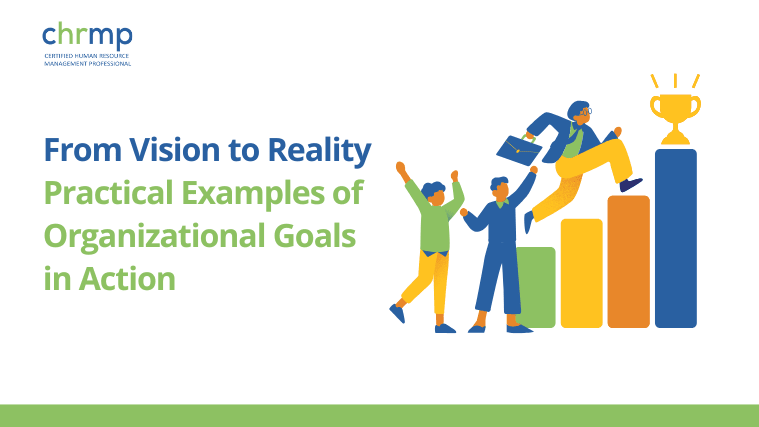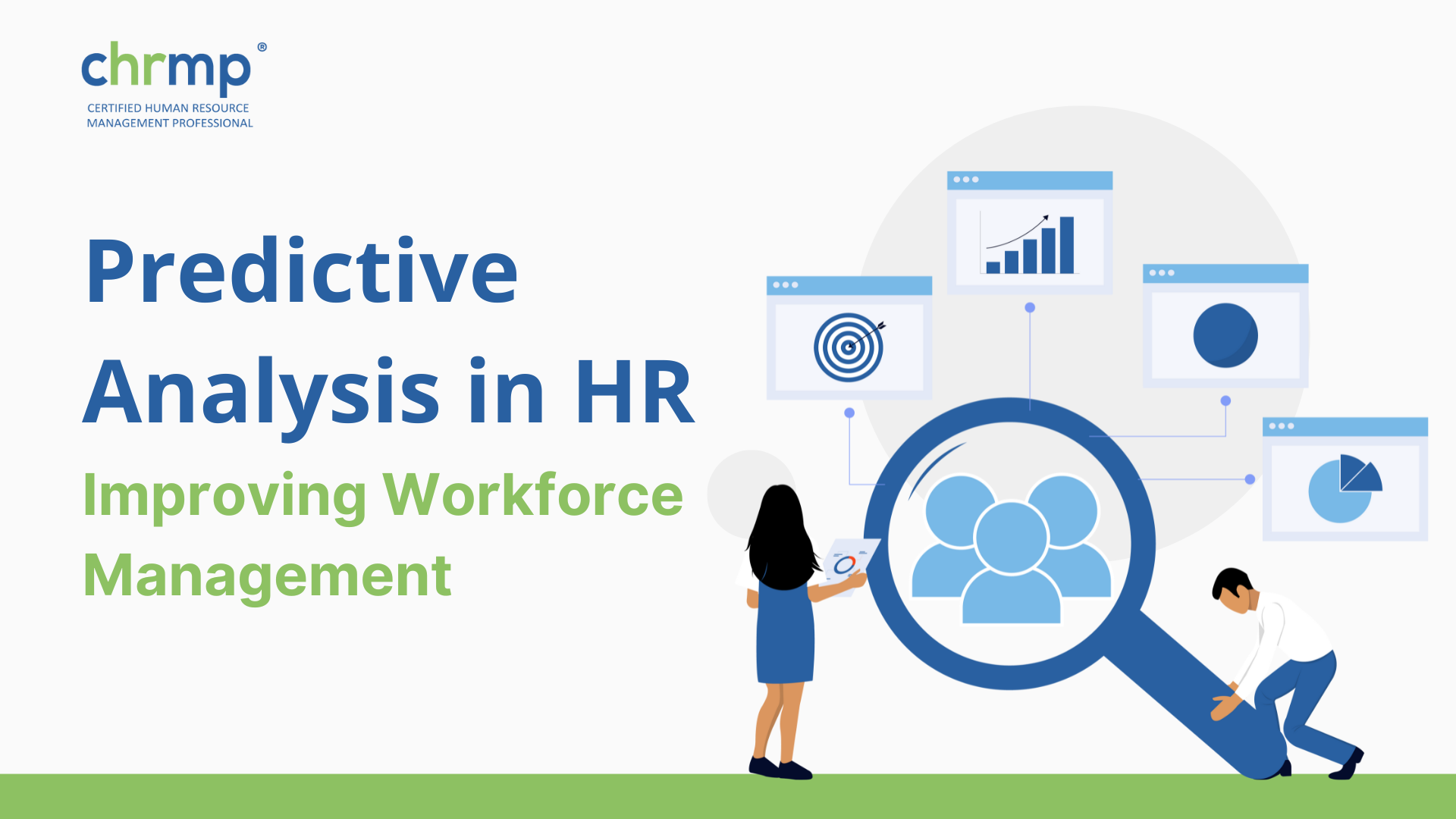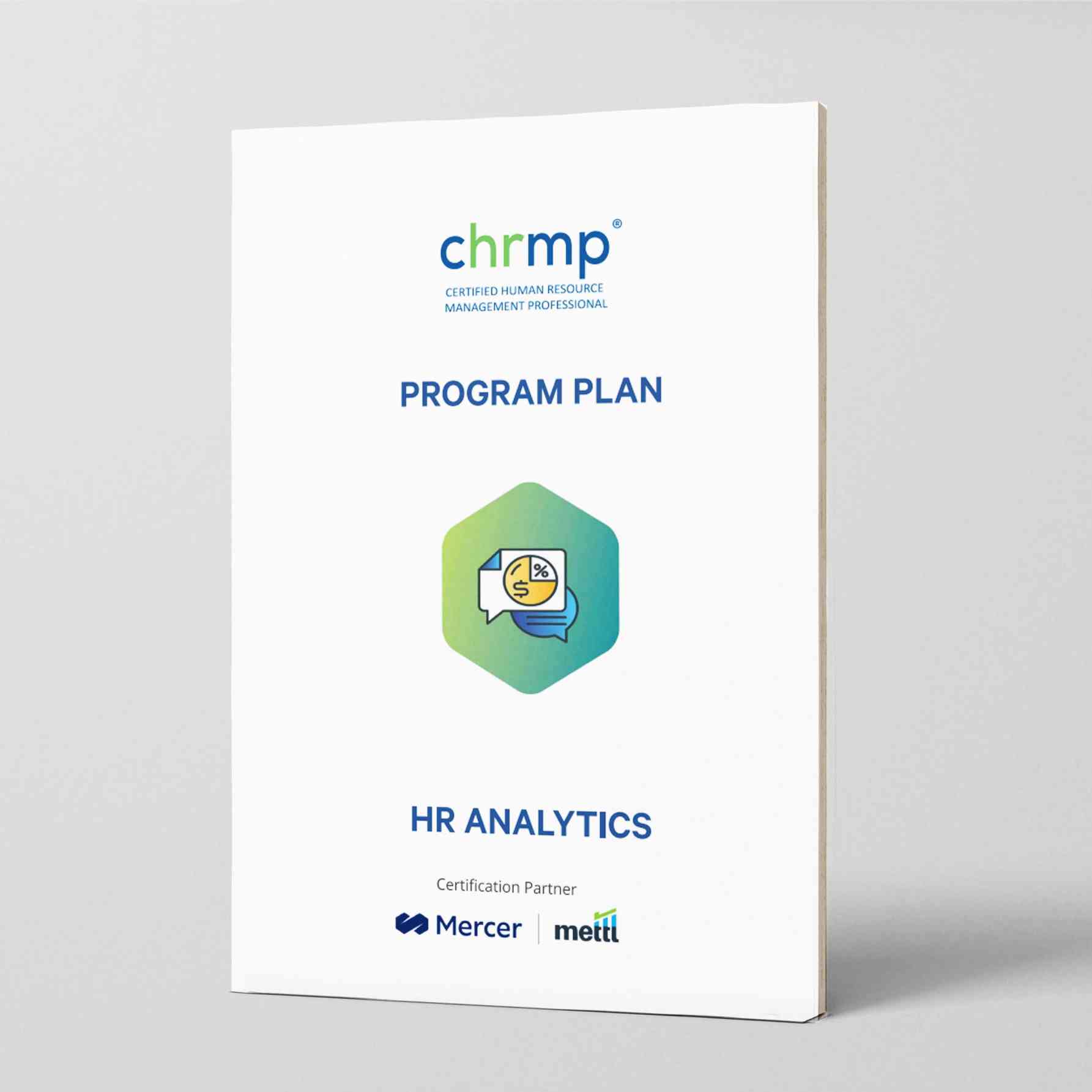

A useful technique for many businesses, including human resources (HR), is predictive analysis.
HR analytics has gained importance as firms continue to depend more heavily on data-driven decision-making.
By utilizing machine learning algorithms to find patterns in past data and forecast future results, predictive analysis elevates HR analytics to a new level.
By utilising it, HR organizations may make more informed decisions regarding hiring, retention, and performance management.
Nevertheless, despite the potential advantages, many HR departments need to be more active in using predictive analysis.
This could be partly because people need to learn what predictive analysis is and how it functions.
In this blog post, we will examine the foundations of predictive analysis in HR and some of its possible uses.
Additionally, we will look at some of the difficulties in adopting predictive analysis and provide some best practices.
HR professionals can make data-driven decisions that will help their businesses succeed if they have a better knowledge of predictive analysis.
A subset of data analytics that makes predictions based on previous data using statistical algorithms and machine learning techniques.
Predictive analysis in HR is looking at data from multiple HR processes, including hiring, performance management, and employee engagement, to spot trends and forecast future results.
Both organized and unstructured data may be used in predictive analysis in HR.
Structured data is information that has been arranged and is simple to search, such as data from a personnel database or an application tracking system (ATS).
Unstructured data, such as employee emails or social media activity, needs to be arranged in a certain way and is frequently more challenging to analyze.
Predictive analysis in HR has several advantages.
HR departments may improve their hiring, retention, and performance management choices by looking past data for trends and patterns.
For instance, it can assist in identifying the traits of successful workers or forecast which individuals are most likely to leave the company.
By using predictive analysis, HR departments may also determine which elements are most likely to boost worker productivity and engagement.
In general, it assist HR departments in making better decisions, streamlining their operations, and managing their personnel.
However, HR departments need access to high-quality data, the appropriate tools and resources, and the knowledge to evaluate and understand the data to effectively deploy predictive analysis.
In the following sections, we will examine various use cases for predictive analysis in HR, as well as some of the difficulties and best practices related to its implementation.
Predictive analytics is important in HR (Human Resources) for several reasons:
1.Anticipating Future Workforce Needs
Predictive analytics allows HR professionals to forecast future workforce needs based on historical data, industry trends, and business projections. This helps organizations proactively plan for talent acquisition, development, and retention strategies. By anticipating changes in workforce demand, HR can ensure they have the right talent in the right place at the right time, avoiding skill gaps and workforce shortages.
2. Data-Driven Decision-Making
Predictive analytics in HR enables data-driven decision-making. By analyzing vast amounts of data, HR professionals can gain insights into various HR metrics and outcomes, such as employee performance, engagement, turnover, and training effectiveness. These insights help inform strategic decisions related to talent management, employee development, performance improvement, and overall HR strategy.
3. Improved Talent Acquisition and Retention
Predictive analytics enhances talent acquisition and retention efforts. By analyzing historical data on successful hires, HR can identify patterns and characteristics of top-performing employees. This information can be used to create more accurate candidate profiles, optimize recruitment strategies, and improve candidate selection processes. Similarly, predictive analytics can identify factors contributing to employee turnover and help HR implement proactive measures to retain key talent.
4. Enhanced Workforce Planning
Predictive analytics enables HR to optimize workforce planning and resource allocation. By analyzing data on employee productivity, performance, and utilization, HR professionals can identify areas of improvement, potential inefficiencies, and opportunities for optimization. This information aids in strategic decision-making related to workforce restructuring, workload balancing, and resource allocation, leading to increased productivity and cost savings.
5. Strategic HR Forecasting
Predictive analytics allows HR to forecast future scenarios and evaluate the potential impact of various HR initiatives. For example, HR can use predictive models to simulate the effects of changes in compensation structures, employee development programs, or performance management strategies. This helps HR professionals make informed decisions and assess the potential ROI of different HR interventions, leading to more effective and targeted HR investments.
Overall, predictive analytics in HR empowers organizations to make proactive and data-driven decisions, optimize talent management practices, and align HR strategies with business objectives. It enables HR professionals to take a strategic role in shaping the workforce, maximizing employee potential, and driving organizational success.
Numerous HR processes, including hiring and selection, employee retention, employee engagement, and performance management, can benefit from predictive analysis.
Here are a few particular applications of predictive analytics in HR:
Hiring and Selection
It may be used to pinpoint the traits and competencies most correlated with successful job performance.
HR departments may create predictive models to assess candidates and choose those most likely to succeed in the post by examining data on successful and unsuccessful hiring.
Additionally, biases in the recruiting process may be found and eliminated using predictive analysis.
Employee Retention
It may be used to determine which employees are most likely to leave the company.
HR departments may construct predictive models to proactively identify workers who are likely to quit and take action to keep them by evaluating data on employee turnover and detecting patterns and trends.
This may involve selective training, advancements, and other staff engagement strategies.
Employee Engagement
The most important predictors of employee engagement and productivity may be found via predictive analysis.
HR departments may create predictive models to determine which elements are most crucial in fostering engagement and productivity by collecting data from employee feedback, surveys, and other sources.
This may involve management conduct, work-life balance, and job satisfaction.
Performance management
It may be used in performance management to forecast employee performance and pinpoint areas for development.
HR departments may create predictive models to determine which aspects are most crucial in determining performance as well as which individuals are most likely to succeed or struggle by examining data on employee performance.
This can assist managers in creating training and development plans specifically aimed at enhancing employee performance.
It may help HR departments understand their staff more fully, pinpoint areas for development, and reach better conclusions.
However, HR departments need access to high-quality data, the appropriate tools and resources, and the knowledge to evaluate and understand the data to effectively deploy predictive analysis.
We’ll look at some of the difficulties and best practices related to applying predictive analysis in HR in the following sections.
Although HR departments may gain a lot from predictive analysis, several obstacles must be overcome before this technology can be used successfully.
The following are some of the main difficulties with predictive analytics in HR:
Data quality
Its performance depends on the accuracy and completeness of the data.
To prevent coming to incorrect or deceptive conclusions from their studies, HR departments must ensure their data is reliable and current.
Data Integration
Since data in HR departments are sometimes spread across several different platforms, it can take time to combine the data and provide a holistic picture of the workforce.
This might make creating precise prediction models that incorporate all pertinent variables challenging.
Skillset requirement
The model’s development and implementation call for specific data analytics, machine learning, and statistics knowledge.
HR departments may need to spend money on training or hiring data analytics specialists to use predictive analysis in their firm effectively.
Ethical considerations
It can be used to make decisions that impact people, such as employment, promotion, or termination.
HR departments must be aware of ethical issues and ensure their predictive models don’t infringe on people’s rights or support discrimination.
Implementation costs
Predictive analysis in HR can be expensive to implement since it requires investments in software, data infrastructure, and humans.
HR departments must carefully weigh the costs and advantages to determine whether deploying it is a wise investment for their company.
To properly utilize predictive analysis in HR, several issues must be addressed.
The quality and integration of their data must be ensured by HR departments, who also need to develop the relevant skill sets, handle ethical issues, and balance implementation costs and advantages.
In the next section, we will review some recommended practices for utilizing predictive analysis in HR.
Predictive analysis implementation in HR necessitates a thorough plan that considers the particular requirements and difficulties of the firm.
Here are a few top recommendations for applying predictive analysis in HR:
Establish Clear Objectives
Establishing explicit goals for predictive analytic projects is important.
These goals should include the precise metrics that will be used to gauge their performance.
This will make it easier to ensure that the project aligns with the organization’s broader goals and priorities.
Start Modest and Scale Up
Human resources departments should begin with a small, narrowly targeted predictive analytic project and progressively scaled up as they develop expertise and show success.
This will assist and accelerate the use of predictive analysis inside the company.
Create a Data-Driven Culture
HR departments should create a climate where data is valued and used to inform decisions.
This may entail educating staff members on data interpretation, formulating precise data governance guidelines, and setting up a data-driven feedback loop to raise the calibre of the data constantly.
Partner with IT
HR departments should work with IT to ensure they have the technical know-how and infrastructure to execute predictive analysis.
You may create original algorithms, maintain data security and privacy, and combine data from various sources.
Monitoring and Evaluation
To ensure that predictive analytic initiatives are providing value and achieving their goals, HR departments should regularly monitor and assess them.
This might involve gathering stakeholder input, tracking metrics like accuracy, speed, and cost savings, and modifying the project as necessary.
In general, these best practices can assist HR departments in using predictive analysis successfully inside their organizations.
HR departments may utilize predictive analysis to achieve better results for their business and its people by setting clear objectives, starting small and scaling up, developing a data-driven culture, working with IT, and monitoring and assessing their initiatives.
A decision tree is a popular machine learning algorithm used for making predictions and solving classification or regression problems. It is a graphical representation of possible decisions and their potential consequences. Here’s a step-by-step process of using a decision tree to make predictions:
Remember that decision trees can suffer from overfitting if they become too complex and specific to the training data. Techniques like pruning or using ensemble methods (e.g., random forests) can help mitigate overfitting and improve the model’s generalization ability.
Using a decision tree for predictions can be an effective approach, especially when you need interpretability and transparency in your predictive models.
To sum up, predictive analysis is an effective tool that HR departments can use to make better decisions and produce better results for their business and employees.
By utilising machine learning and data analytics approaches, HR departments may get insights into workforce patterns and forecast future outcomes, such as employee turnover or performance.
However, predictive analysis in HR needs to be implemented with care and considering the particular requirements and difficulties of the business.
HR departments must ensure that their data is integrated and of high quality, develop the appropriate skills, handle ethical issues, and implement costs and benefits.
HR departments should adhere to best practices such as creating clear targets, beginning small and scaling up, fostering a data-driven culture, cooperating with IT, and monitoring and assessing their initiatives to apply predictive analysis in HR successfully.
Predictive analysis can revolutionize HR and improve results for both firms and people.
HR departments may better understand their workforce, make more informed choices, and ultimately improve the performance and profitability of their business by adopting a data-driven strategy and utilizing the power of machine learning and data analytics.
What type of data is required by HR departments to use predictive analysis?
Employee data (including demographics, employment history, and performance metrics), organizational data (including financial data and productivity measures), and external data are just a few of the data sources that HR departments might use (such as industry benchmarks and economic trends).
The effectiveness depends on the quality and integration of this data.
What ethical issues should be taken into account when applying predictive analysis in HR?
It poses moral questions about matters like privacy, justice, and prejudice.
The prediction models used by HR departments must be open, responsible, and fair to all workers.
Additionally, they must inform workers clearly and openly about how their data is being used, by any applicable rules and regulations, such as the CCPA or the GDPR.
What are the advantages of HR predictive analysis for employees?
Making performance assessments more accurate and fair, recognizing opportunities for skill improvement and career advancement, and developing more individualized development plans, predictive analysis in HR may help workers.
By identifying the elements that lead to employee attrition and proactively addressing them, predictive analysis may also assist in decreasing staff turnover and enhance overall work satisfaction.
© 2007-2025 CHRMP| All Rights Reserved | Powered by Ripples Learning & Research Private Limited

Fill in the below details to get a CHRMP HR Analytics Program Plan.
